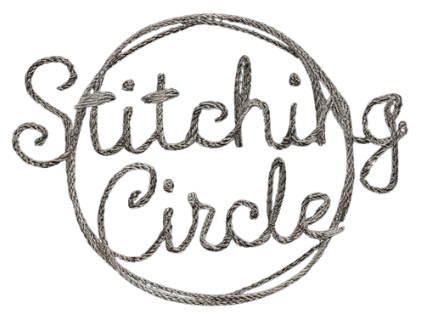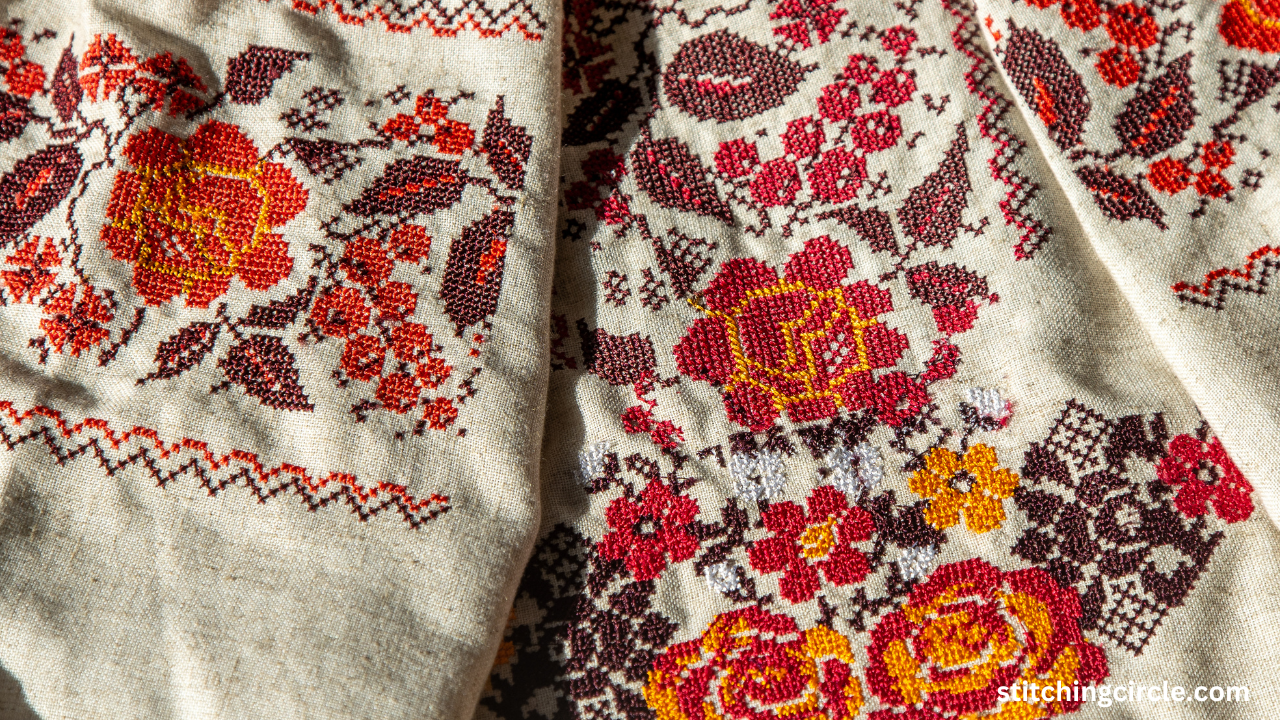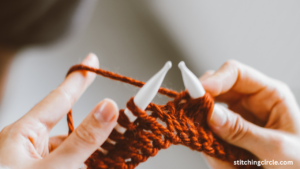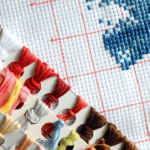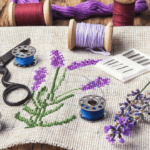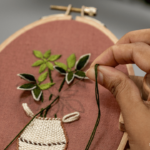Embroidered cross stitch designs have long been a popular choice for adding a touch of flair and personality to clothing and accessories. Whether you’re looking to personalize a jacket, dress up a plain t-shirt, or add a pop of color to a tote bag, cross stitch embroidery offers a unique and intricate way to make your wardrobe truly your own.
From dainty floral patterns to bold geometric shapes, the possibilities are endless when it comes to creating cross stitch designs on clothing and tote bags. With just a needle, thread, and some basic embroidery skills, you can transform a simple garment or accessory into a statement piece that is sure to turn heads.
The art of embroidering cross-stitch designs on clothing and tote bags, sharing tips and tricks for beginners and experienced stitchers alike. Whether you’re interested in learning how to incorporate cross-stitch into your wardrobe or looking for inspiration for your next DIY project, we’ve got you covered.
Join us as we delve into the world of cross stitch embroidery and discover the beauty and creativity that can be achieved with just a few simple stitches.
Cross stitch embroidery is a popular and timeless needlecraft technique that adds a touch of personalization and creativity to clothing and tote bags. The art of cross stitch involves creating intricate designs by making small X-shaped stitches on fabric.
The process of cross stitching on different materials and delve into techniques for embellishing clothing and tote bags with beautiful cross stitch patterns.
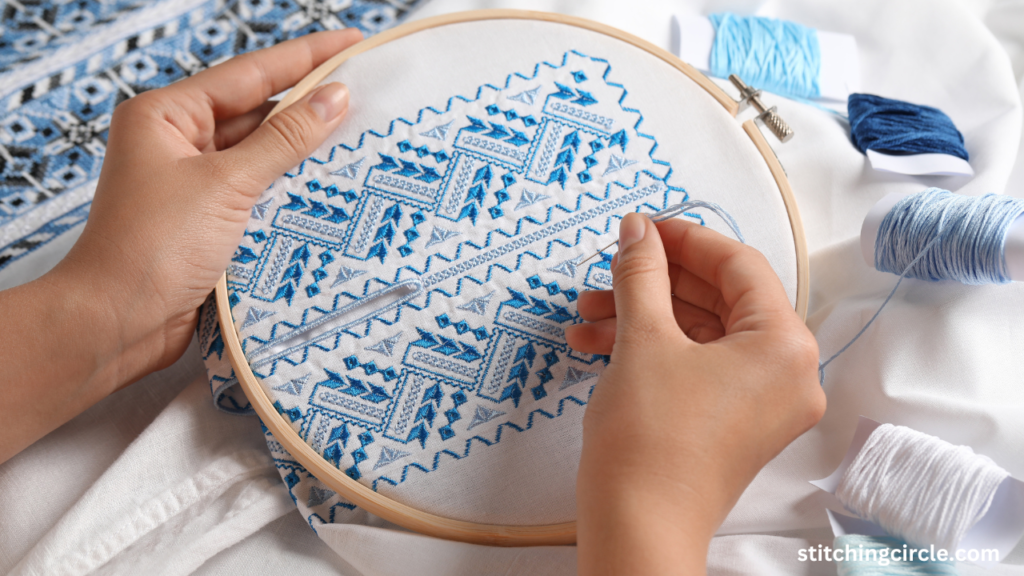
Contents
- 1 What is Cross Stitch Embroidery?
- 2 How to Cross Stitch on Clothes?
- 3 Techniques for Cross Stitch on Tote Bags
- 4 Cross Stitch Patterns and Designs
- 5 Video Tutorials for Cross Stitching
- 6 Conclusion
- 7 FAQs
- 8 Q: What is soluble canvas and how is it used in cross-stitching designs?
- 9 Q: How do you use the waste canvas technique in cross-stitching?
- 10 Q: What is the process of stitching on Aida cloth?
- 11 Q: How do you secure the edges of your cross-stitch design when using waste canvas?
- 12 Q: What materials do you need to stitch on Aida or evenweave fabric?
- 13 Q: How do you finish a cross-stitch design once you’re done stitching?
- 14 Q: Can you stitch directly onto fabrics like Aida or evenweave without using soluble canvas or waste canvas?
What is Cross Stitch Embroidery?
Cross stitch refers to a form of embroidery where stitches are made in an “X” shape to form a pattern or design on fabric. This technique is characterized by its simplicity and versatility, making it a popular choice for crafters of all skill levels.
The history of cross stitch embroidery dates back centuries, with evidence of this decorative needlework found in various cultures worldwide. Initially used to embellish household linens and clothing, cross stitch has evolved into a beloved craft for creating intricate and detailed designs.
One of the key benefits of cross stitch on clothing is the ability to customize and personalize garments with unique designs. From adding a pop of color to revamping old clothes, cross stitch embroidery offers a creative way to make a style statement.
How to Cross Stitch on Clothes?
Embarking on a cross stitch project for clothing requires a few essential materials, including embroidery floss, a needle, a hoop, and the fabric you’re stitching on. Selecting the right fabric is crucial, with options like Aida and evenweave offering different textures for your designs.
To begin cross stitching on clothes, baste the fabric to stabilize it and secure it in the hoop. Then, follow a step-by-step guide to create your desired cross stitch pattern. Be mindful of the fabric you’re stitching on to adjust your technique accordingly and ensure even stitches.
When stitching on different fabrics, such as denim or cotton, it’s helpful to use interfacing to provide stability and prevent the fabric from puckering. Additionally, cutting your waste canvas carefully after stitching and removing it with tweezers can give a neat finish to your cross stitch project.
Techniques for Cross Stitch on Tote Bags
Cross stitching on tote bags presents a unique set of challenges due to the nature of the material. One technique involves using waste canvas, a gridded material that allows you to stitch onto it before removing the threads to reveal the design on the bag fabric.
Another innovative method for tote bag embroidery is using soluble canvas, which dissolves in water, leaving only the stitched design on the fabric. This technique offers a convenient way to add cross stitch patterns to tote bags without the need for removing the canvas threads.
Exploring different canvas types, such as 14 count waste canvas, opens up creative possibilities for cross stitching on tote bags. Whether you prefer adding cross stitch accents or stitching intricate designs, selecting the right canvas type can enhance the overall look of your tote bag.
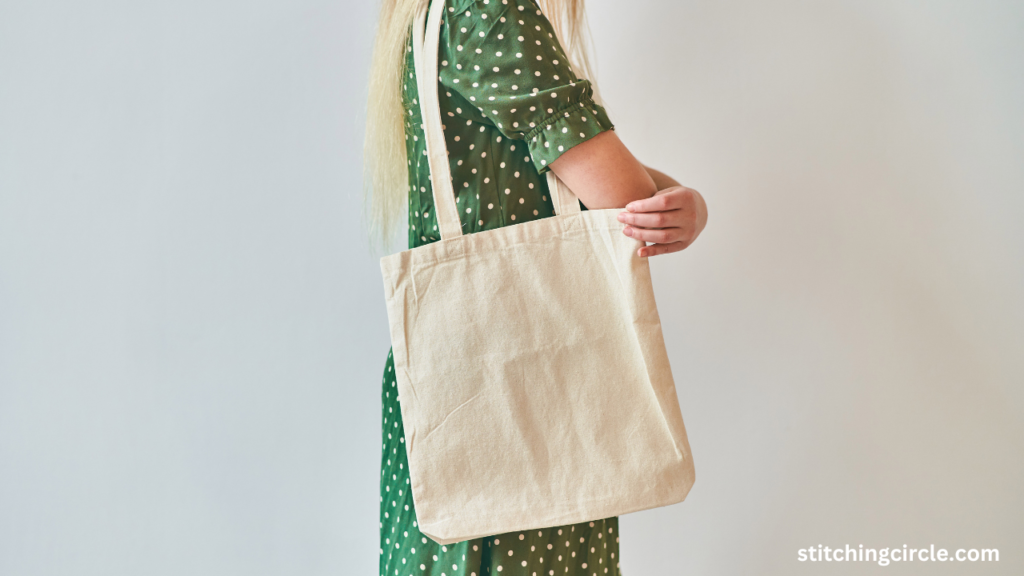
Cross Stitch Patterns and Designs
Finding the perfect cross stitch pattern is essential for a successful embroidery project. Whether you’re a beginner or an experienced stitcher, there are various resources available for discovering and choosing patterns that suit your style and skill level.
For a personalized touch, consider creating your own cross stitch designs for tote bags. By adapting existing patterns or designing from scratch, you can showcase your creativity and make one-of-a-kind accessories that reflect your individuality.
Adapting cross-stitch patterns for clothing offers a fun and creative way to elevate your wardrobe with unique embellishments. Whether it’s adding a small motif to a shirt or stitching a larger design on a jacket, cross-stitching on clothes allows you to express your style through needle and thread.
Video Tutorials for Cross Stitching
Watching video tutorials for embroidery can be a valuable learning tool for honing your cross stitch skills. From beginner-friendly guides to advanced techniques, online tutorials provide visual demonstrations and step-by-step instructions to help you master the art of cross stitching.
Top cross stitch video tutorials for beginners cover basic stitches, pattern reading, and tips for successful embroidery projects. These resources offer a supportive learning environment for crafters looking to expand their skills and confidence in cross stitch embroidery.
Advanced cross-stitch techniques demonstrated in video tutorials are geared toward experienced stitchers seeking to explore complex designs and innovative stitching methods. By following expert guidance and learning new approaches, you can elevate your cross-stitch projects and create stunning embroidered pieces.
Conclusion
Adding a one-of-a-kind and personalized touch to common objects can be accomplished by embroidering cross-stitch motifs onto items such as apparel and tote bags.
Individuals are able to express their individuality and sense of style through the use of delicate stitches and brilliant colors when they engage in this art, which allows for the flourishing of creativity.
Cross-stitch embroidery not only adds visual appeal to the cloth but also adds resilience to the fabric, making it more likely that the designs will be able to resist the wear and tear that is typical of the fabric.
In addition to this, it evokes feelings of nostalgia and craftsmanship, as it is reminiscent of old embroidery skills that have been handed down from generation to generation.
Additionally, embroidering cross-stitch motifs into clothing and tote bags allows individuals to participate in mindful and therapeutic activities, thereby facilitating relaxation and relieving stress.
The craft of cross-stitch embroidery, in general, adds value to items of apparel and tote bags, so transforming them into treasured pieces of art that can be worn.
As a craft that is both timeless and enduring, it offers delight and satisfaction to both the people who create it and the people who receive it, regardless of whether it is done as a hobby or as a business enterprise.
FAQs
Q: What is soluble canvas and how is it used in cross-stitching designs?
A: Soluble canvas is a water-soluble material that is used as a base for cross-stitching designs on fabrics that are difficult to embroider directly onto. It dissolves in water after you have finished stitching, leaving only the embroidered design on the fabric.
Q: How do you use the waste canvas technique in cross-stitching?
A: The waste canvas technique involves basting a piece of waste canvas onto your fabric to create a grid for stitching. Once you have finished stitching, you can carefully cut the waste canvas threads and pull them out, leaving only the stitched design on your fabric.
Q: What is the process of stitching on Aida cloth?
A: Stitching on Aida cloth involves following the grid pattern of the fabric to create cross-stitches. Aida cloth is a popular choice for cross-stitching due to its easy-to-follow grid and sturdy structure.
Q: How do you secure the edges of your cross-stitch design when using waste canvas?
A: To secure the edges of your cross-stitch design when using waste canvas, you can tack the waste canvas around the edge of the fabric or use an embroidery hoop to keep everything in place while you stitch.
Q: What materials do you need to stitch on Aida or evenweave fabric?
A: To stitch on Aida or evenweave fabric, you will need cross-stitch fabrics, DMC threads, embroidery hoop, needle, and scissors. These materials will help you create beautiful cross-stitch designs on the fabric.
Q: How do you finish a cross-stitch design once you’re done stitching?
A: Once you have finished stitching your cross-stitch design, you can carefully snip any excess threads, wash the fabric if needed, and then frame or display your finished piece as desired.
Q: Can you stitch directly onto fabrics like Aida or evenweave without using soluble canvas or waste canvas?
A: Yes, you can stitch directly onto fabrics like Aida or evenweave without using soluble canvas or waste canvas. However, using soluble canvas or waste canvas can make the stitching process easier and cleaner, especially for intricate designs. It is up to personal preference and the complexity of the design.
